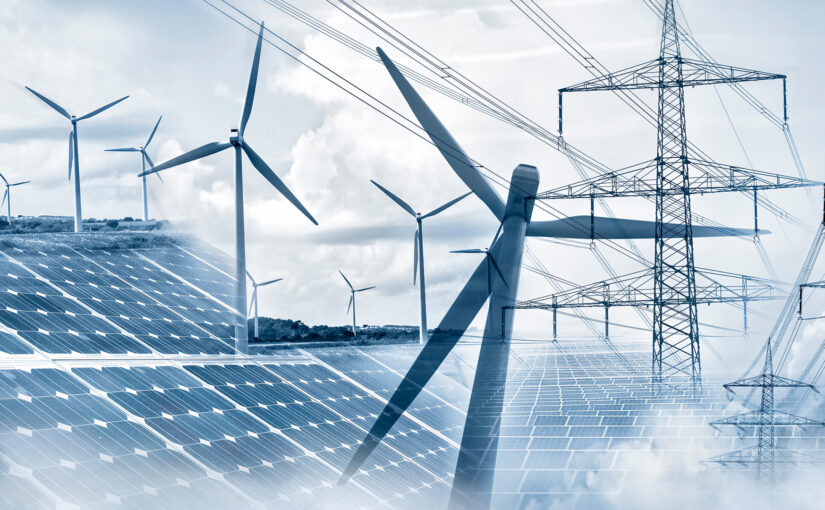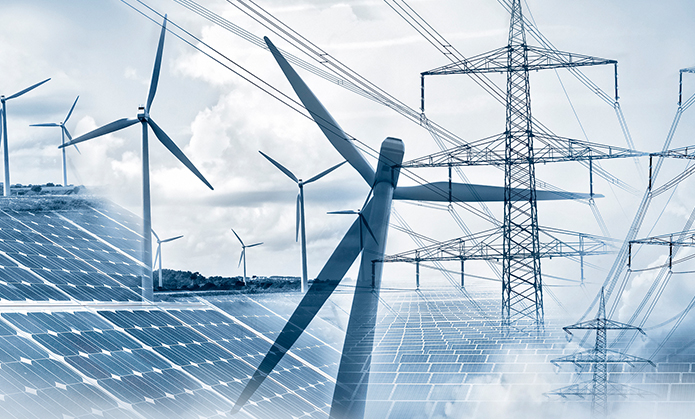DER Monetization the Key to Enabling the Energy Transition


When the grid is stressed, would you rather turn on a fossil-fuel-powered peaker plant or tap into existing resources to reduce our electricity consumption? For us, it’s a simple choice for the community and our planet.
The Customer-Powered Grid™ is the answer. In aggregating customers’ distributed energy resources (DERs) and collectively using them to help the grid when and where it’s needed the most, we can create a flexible, clean and dependable future.
Peaker plants are major emitters of greenhouse gases and have a negative impact on air quality and public health. By leveraging DERs that are already available, like demand response, we can help reduce carbon emissions and other pollutants to help mitigate the impacts of climate change.
DERs Counter Climate Change Impact
Customers recognize the potential of DERs, which are assets or devices that consume, store or generate power and can respond to a signal, as well. Sustainability is the second-most-common reason for implementing DERs, with one in three customers citing it as a motivation, according to CPower’s 2023 Customer-Powered Grid Survey.
The grid needs more clean energy, which DERs can supply reliably and affordably, and that need for flexibility is growing:
-
- Annual additions of renewable power capacity globally must grow three times the current level by 2030 to limit global warming to 1.5°C or less per the Paris Agreement, according to the International Renewable Energy Agency (IRENA). This would require investing $35 trillion in energy transition technologies worldwide by 2030, IRENA estimates.
- The clean energy transition must accelerate for the U.S. to avoid the worst climate impacts, according to the Business Council for Sustainable Energy (BCSE), which noted that 2022 was the third most costly climate disaster year on record with 18 climate-related disasters causing at least $1 billion in damage each. The country needs modernized and expanded infrastructure to accelerate the deployment of clean energy and energy efficiency solutions, BCSE says.
- The U.S. is only halfway to its emissions reduction goal for 2025 and slightly more than a quarter to its target for 2030. It must double the share of electricity generated by non-carbon-emitting sources by 2030 to achieve net-zero carbon emissions by 2050.
We won’t be able to ensure grid stability through this rapid transition and beyond without DERs. DERs such as demand response and energy efficiency support greater deployments of clean, renewable energy resources by filling gaps in variable generation. Given their flexibility, DERs can quickly respond to changing grid needs at any time, like if renewable generation unexpectedly drops due to a decrease in the availability of sun, wind or gas.
DERs also reduce the need to build new generation capacity, which is crucial because we must quickly replace coal-fired power plants like the peaker plants that have historically provided flexibility to the grid. The U.S. is on track to close half of its coal generation capacity by 2026 and cut coal consumption by the power sector in half by 2030, all of which could affect the stability of the grid.

CPower envisions a flexible, clean and dependable energy future enabled by The Customer-Powered Grid™.
DER Monetization Supports Sustainability.
Energy users benefit from investing in DERs and by monetizing them through grid services. More than 88% of CPower customers say that DER Monetization has helped their business. In addition to saving money by curtailing their loads when the grid is stressed, these energy users can take the revenue generated from their participation in wholesale market or utility grid programs to improve or invest in operational or sustainability initiatives for their organization.
Energy users are also under significant pressure to reduce emissions, make ESG investments and counter the impacts of climate change. DER Monetization helps an organization achieve its clean energy goals by allowing it to use less electricity and reduce associated emissions.
We are proud to have helped our customers avoid more than 280,000 metric tons of CO2, equivalent to not burning more than 317 million pounds of coal, in a single year alone. We know that the work we do is essential in making our vision of a flexible, clean and dependable energy future enabled by The Customer-Powered Grid a reality.
This year, we are also supporting sustainability as an organization through our internal initiatives as well as by donating to EarthDay.org, whose mission is to diversify, educate and activate the environmental movement worldwide.
Clean energy commitments by companies — and the pressure others face to keep up — are becoming watershed moments for the energy transition. From technology and manufacturing companies to real estate and big-box retailers, companies are committing to decarbonization.
By investing in clean energy, using less electricity and participating in utility and energy market grid services, energy users can help fill the role now played by gas generators from central systems. That is, why burn fuel to power a peaker plant when you can use DERs to balance the grid when it’s stressed?
The answer is obvious to us. How about you?
Join us on the journey to the Customer-Powered Grid — and the flexible, clean and dependable energy future that it will enable. Call us at 844-276-9371 or visit CPowerEnergy.com/contact to learn how we can help you most effectively invest in DERs to support sustainability, improve grid reliability and increase energy resiliency.
Shelley Schopp
As Senior Vice President, Customer Fulfillment & Human Resources, Shelley leads CPower’s Operations team. With over 25 years of experience in the energy industry, she helps the company share its collective wisdom through every touchpoint CPower offers.


